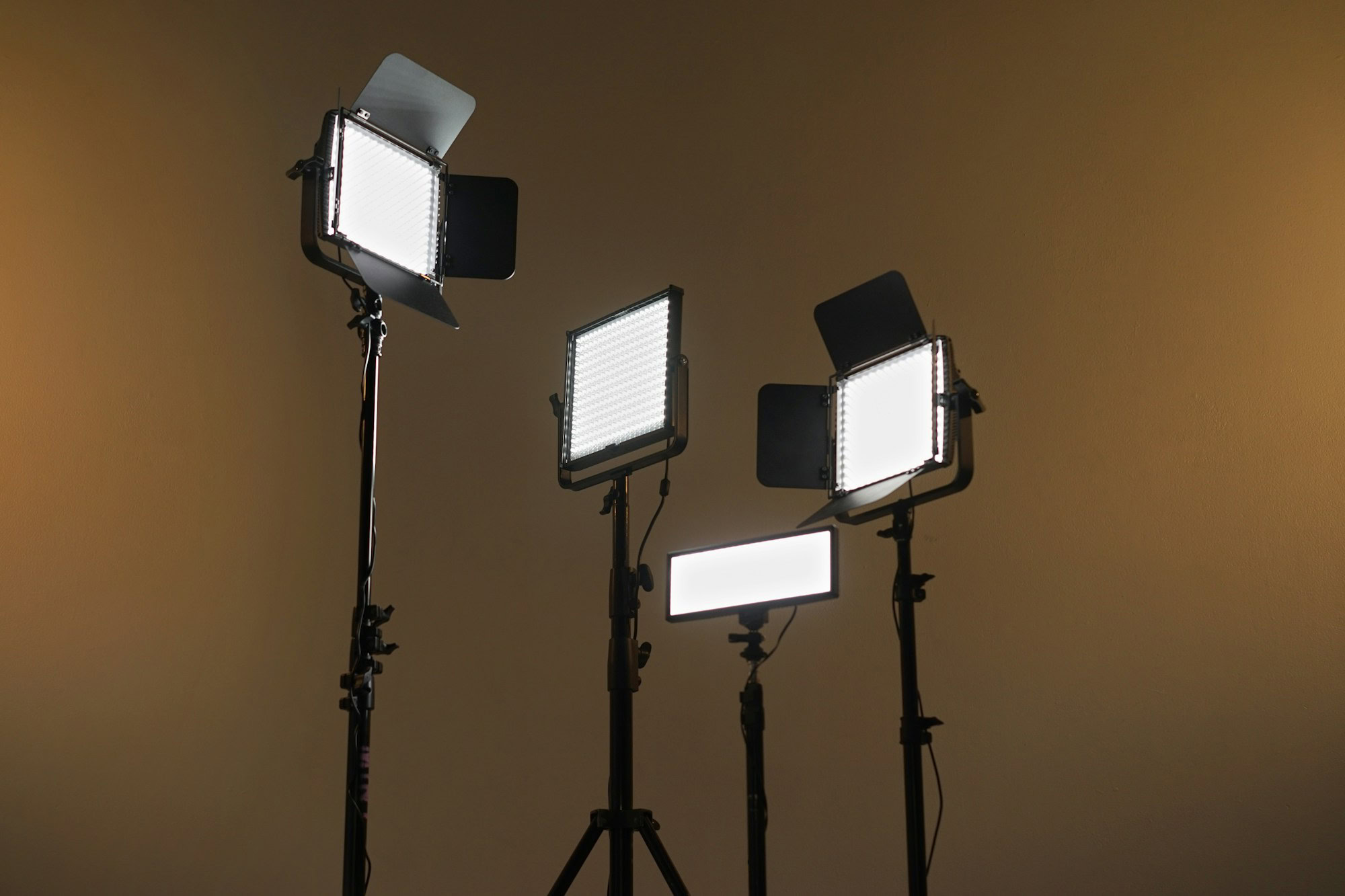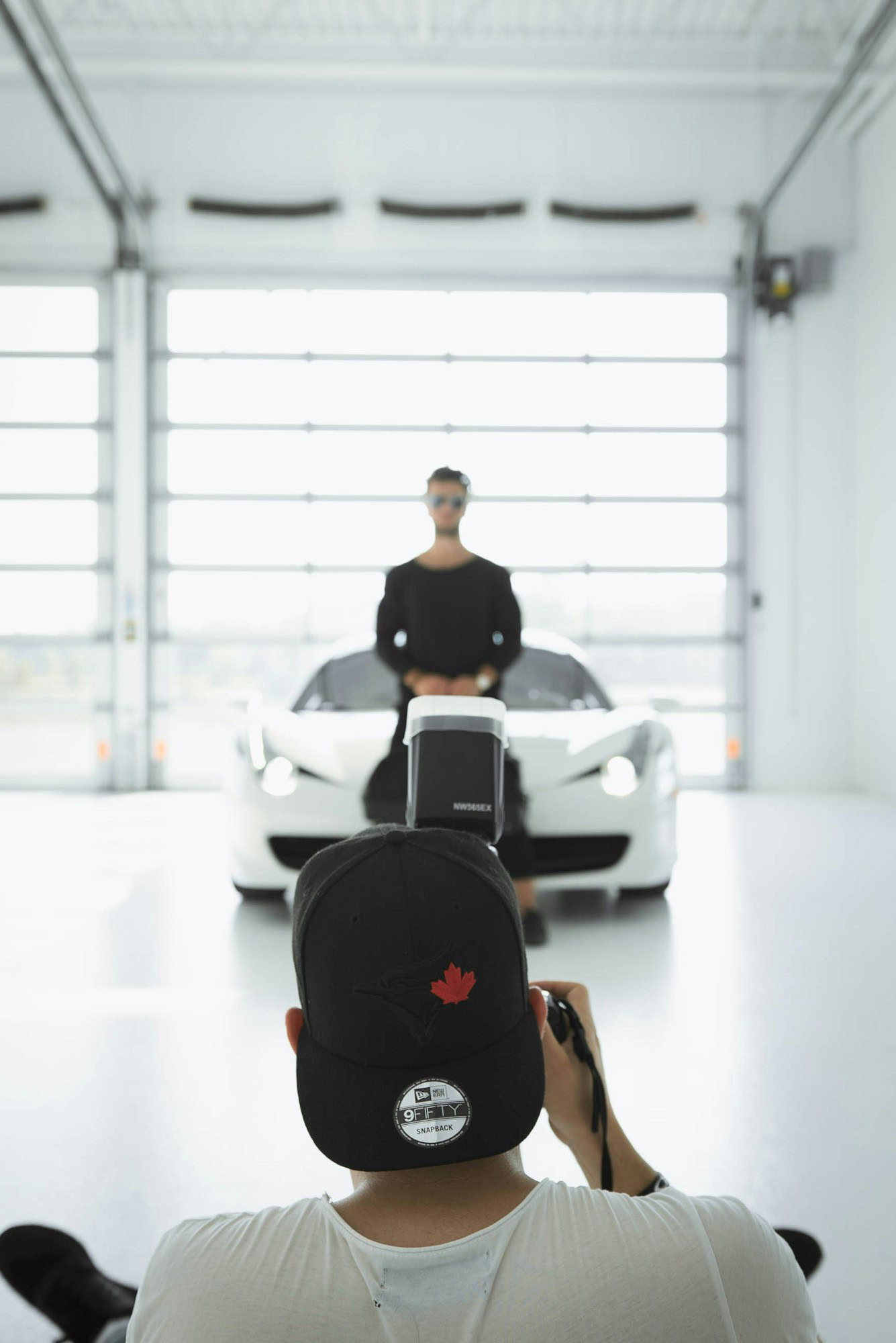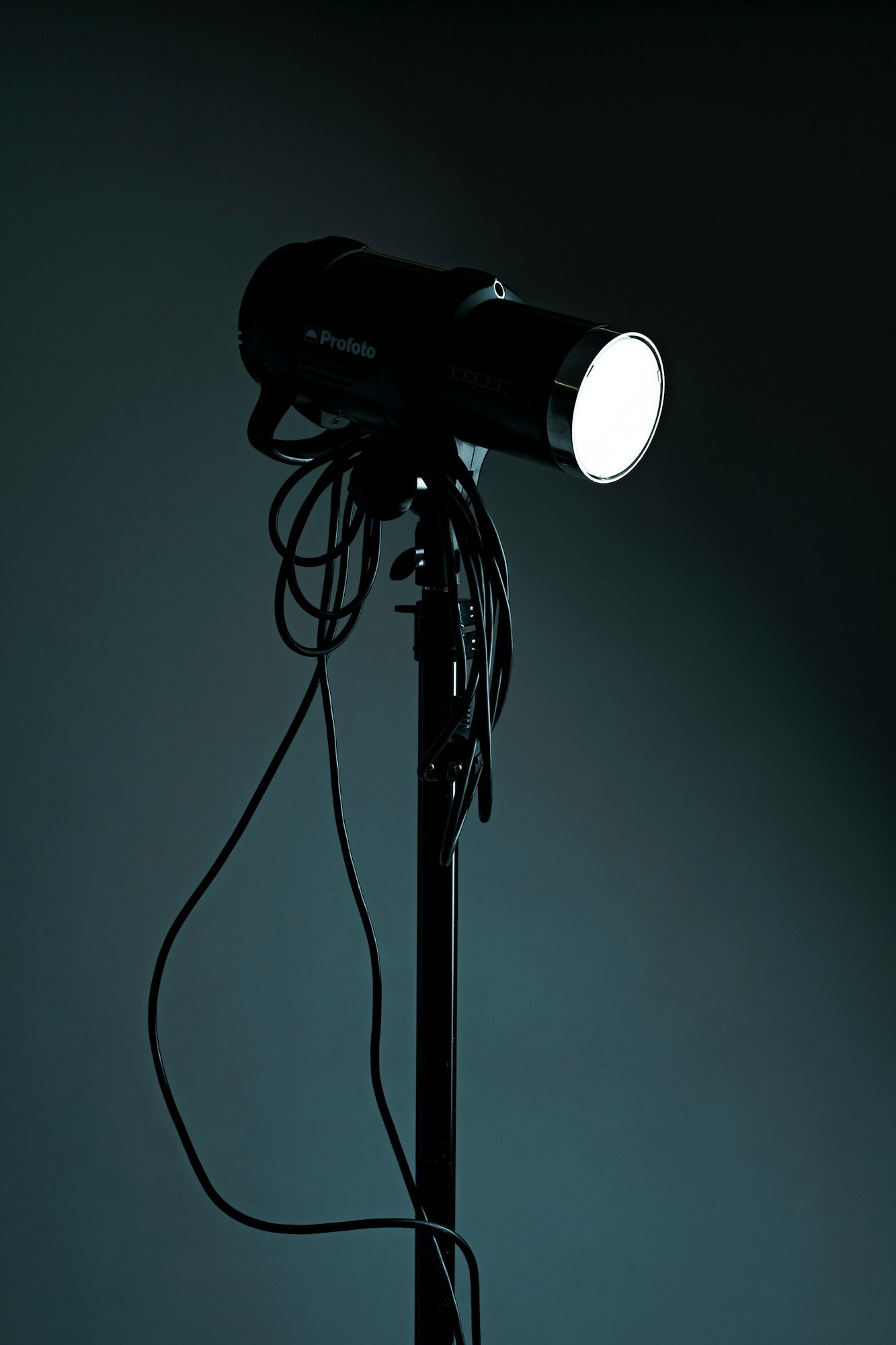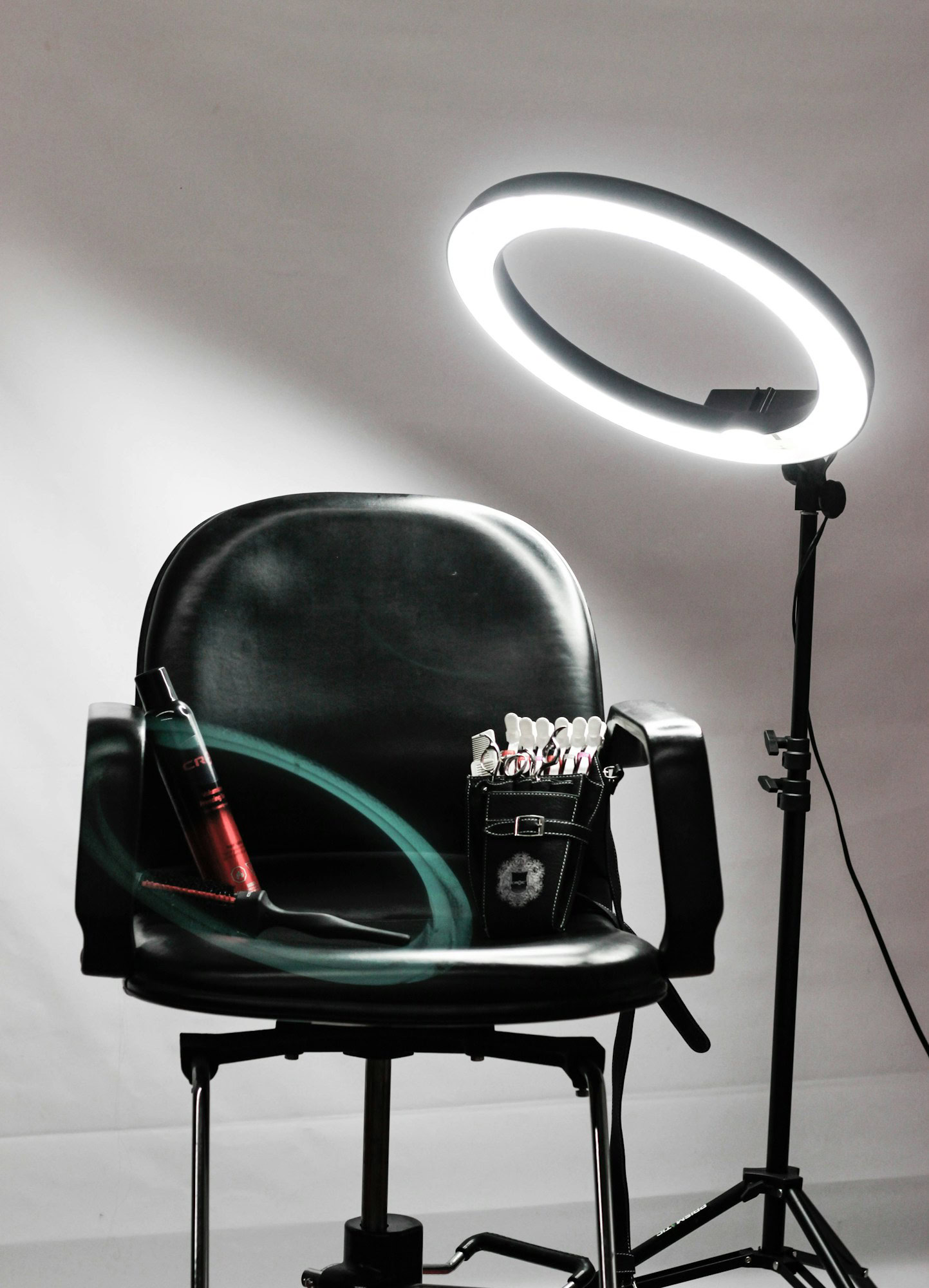One of the key elements in taking high-quality studio photos is lighting. Lights don’t only provide illumination but give shape to and define the subject, control shadows and highlights, and add dimension to photographs. Thus, professional photographers use a variety of studio lighting equipment to get the effect they want in their photos.
Let’s take a look at five equipment many photo studio rental Los Angeles-based businesses use so that you can get a good idea of how they work and efficiently incorporate them in your own compositions.
Continuous Lights or Hot Lights
Continuous lights, also known as hot lights, are studio lights that emit a constant, steady source of illumination. These lights are known for their versatility, as they can be used in various photography scenarios. They’re particularly useful for beginners because they provide a real-time preview of how the lighting affects the subject. In the photography industry, continuous lights are commonly used in portrait photography, product photography, and still-life photography.
This type of lighting can also be used with various lighting modifiers to control and shape the light. Three of the most popular options are softboxes, umbrellas, and reflectors. Using these modifiers can soften the harshness of hot lights, creating more flattering lighting effects.
A Variety of Studio Light Bulbs
Studio light bulbs are essential components of continuous lighting setups in photography studios. They come in various types, each one with its own characteristics and applications. Understanding the different types of studio light bulbs can help you achieve your desired lighting effects and create professional-quality images.
One type of bulb that can be used in hot lights is tungsten. Also known as incandescent lights, tungsten lights are traditional studio light bulbs that produce a warm, amber-colored light. They operate by passing electricity through a tungsten filament, which heats up and emits light.

The next type of lights are LED lights, which are known for their energy efficiency. Unlike traditional tungsten, LED lights generate less heat, making them ideal for prolonged use in photography setups. LED lights come in a variety of shapes, sizes, and color temperatures, allowing you to customize your lighting setups according to your specific needs. Plus, they’re quite versatile and can be incorporated into photo sessions where consistent light output and color accuracy are essential.
Finally, there are HIMI (highly integrated micro-LED) lights. These advanced studio light bulbs utilize micro-LED technology to produce high-quality illumination. They’re compact, lightweight, and highly efficient, making them ideal for portable and on-the-go photography setups. Moreover, HIMI lights offer precise control over color temperature, brightness, and color rendering. This allows you to achieve professional-quality results in any lighting environment.
Speedlights
Speedlights, also known as flashguns or on-camera flashes, are portable and versatile lighting units that are mounted directly onto the camera’s hot shoe. They’re compact battery-powered camera accessories and they work by emitting a powerful burst of light when triggered. Speedlights are commonly used to provide additional illumination or fill light in various shooting situations. Although they’re popularly used in event photography, their convenience and flexibility can be integrated into more complex lighting setups, such as off-camera flash setups, to create dramatic lighting effects and give the subject more dimension.

Like hot lights, speedlights can be combined with various lighting modifiers to modify and shape the light output. Some of the most common add-ons include flash diffusers, bounce cards, and grids, which can soften the harshness of the light, create directional lighting, and control light spillage. Additionally, light stands and umbrella adapters can be used to position and angle speedlights for optimal lighting results.
Strobe Lights
Strobe lights are powerful and versatile lighting units that produce short bursts of intense light when triggered. They’re larger and more powerful than speedlights, making them perfect equipment for studio photography. A key reason why strobe lights are essential tools for photographers is precise lighting control. Photographers can configure the strobe lights’ intensity, model lamp control, and speed. Strobe lights can also be synchronized with the camera’s shutter to freeze motion and achieve sharp, well-exposed photographs. Thanks to their ability to deliver consistent and controlled lighting output, strobe lights are commonly used in studio photography, fashion photography, and commercial photography.

Ring Lights
Last but not least, ring lights are circular lighting units that consist of a series of small LED bulbs arranged in a ring formation. They’re mounted directly onto the camera lens or around the lens barrel and emit a soft, diffused light that evenly illuminates the subject from the front. The popularity of these lights comes from their ability to produce soft and even lighting that minimizes shadows and reduces the appearance of imperfections on the subject’s skin. Thus, ring lights are often used in beauty photography to create a flattering “glamours” look, as well as in macro photography to illuminate small subjects and capture intricate details.

Ring lights are well-suited for compositions that require even, shadow-free lighting and a flattering light quality. As such, you can use them for headshots, close-up portraits, and beauty shots where the subject’s face is the primary focus. Additionally, ring lights can also be used to create catchlights in the eyes, adding sparkle, and creating a sense of intimacy and connection with the viewer.
Mastering the use of these different kinds of studio lights can go a long way into improving your craft as a photographer. Try them out the next time you find yourself in a studio for a photo session!
